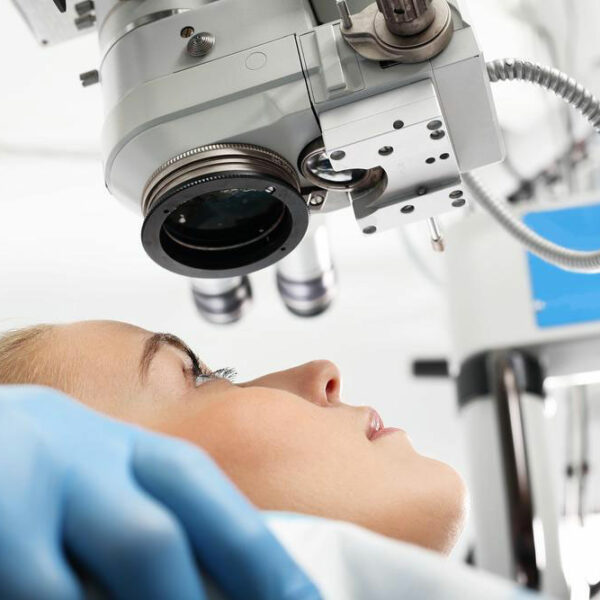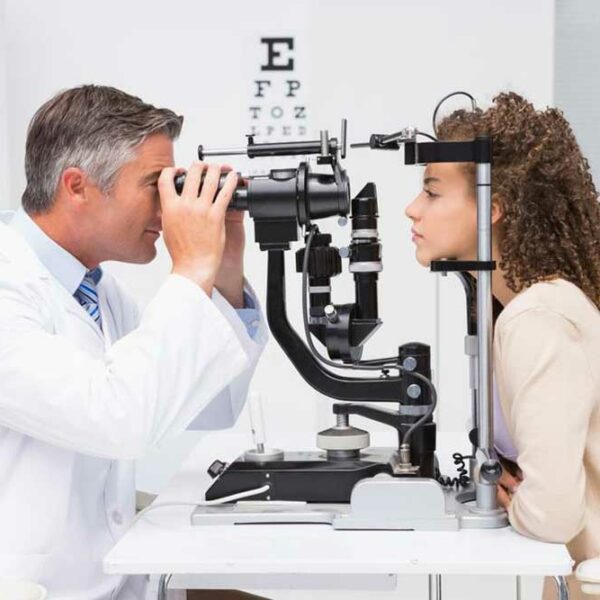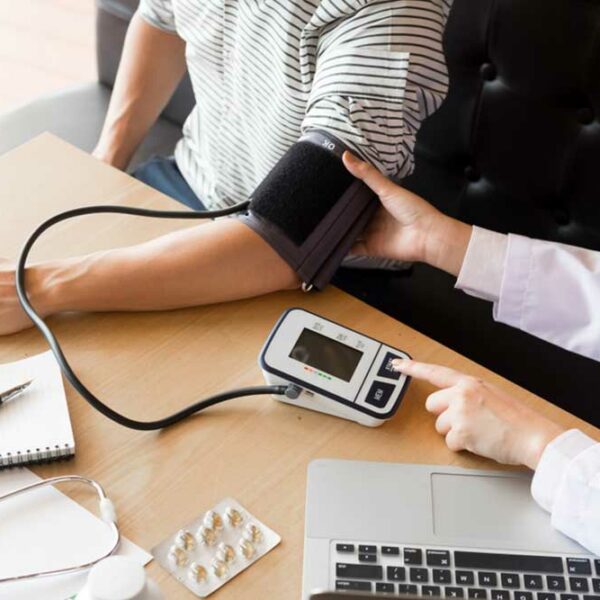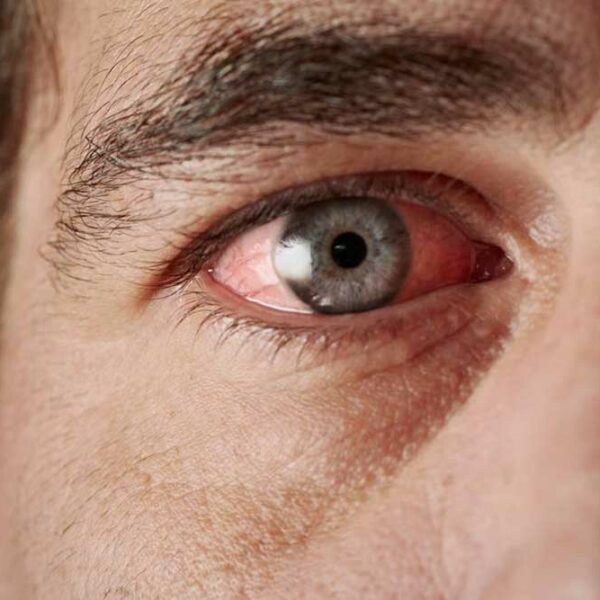
WBC count – Understanding the blood count
WBC is white blood cells in the body that is helpful in fighting against infections, germs, bacteria, and virus in the body. It is important to understand how the WBC count works and how it affects the body’s immune system. A normal WBC count varies anywhere between 3,500 to 10,500 in adults. What if the WBC count is more than the normal range? It is seen that a lower white blood cell count can cause a number of health issues. This is one of the reasons that an elevated level of WBC count is often neglected as people think that it is not a matter of concern. However, a high WBC count does not specifically indicate the symptom of a disease but can be related to other issues such as: Stress Inflammation Trauma Allergy Infection So, it is important to go for a Complete Blood Cell (CBC) test that will also include a WBC count. In case, if the count differs from the normal WBC count, then it is better to consult the doctor. What does a low WBC count signify? WBC or white blood cells are produced in the bone marrow. A flexible tissue, bone marrow is found in some of the bones of the body.









